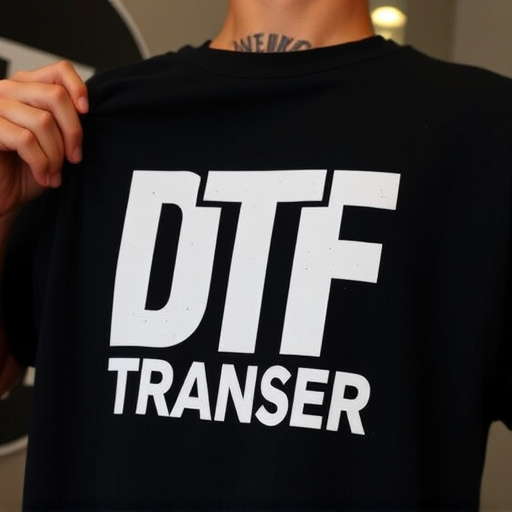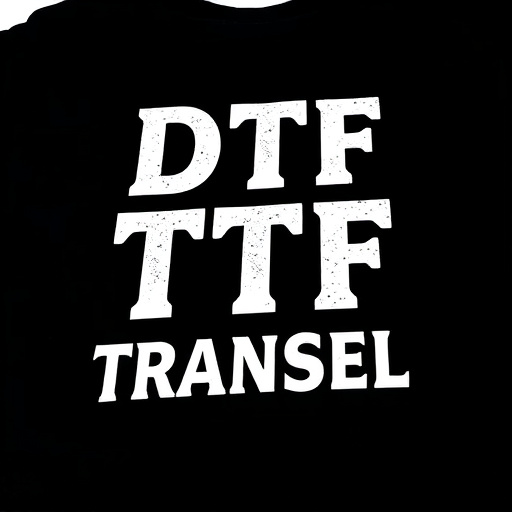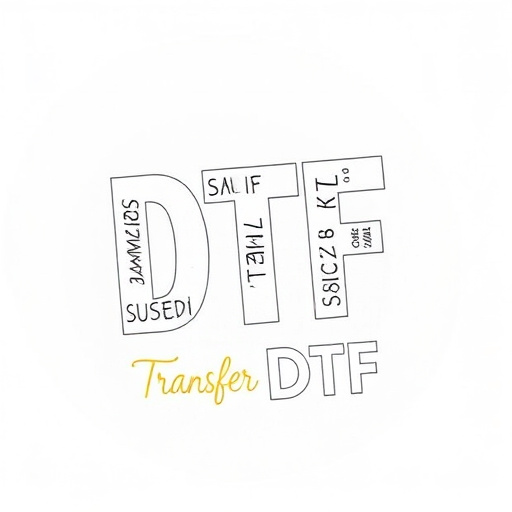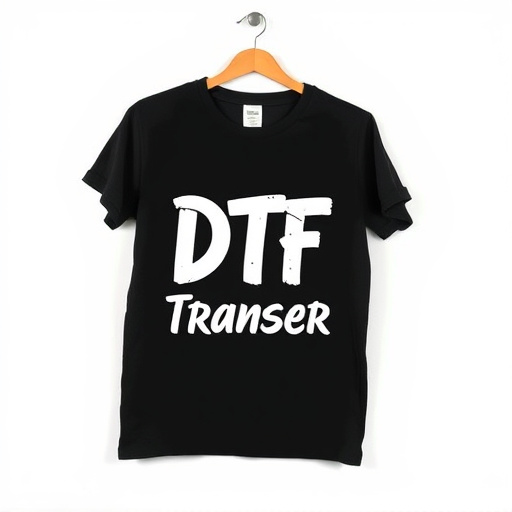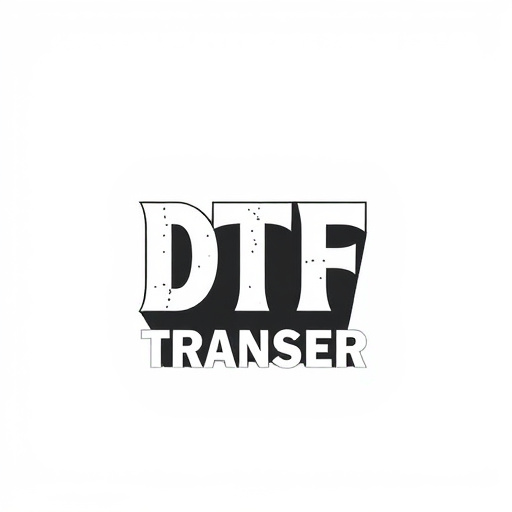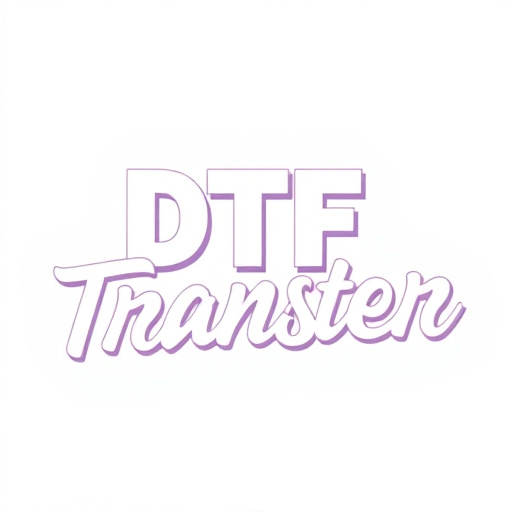In a fast-paced digital era, being "Down To Focus" (DTF) – decisive, tactical, and flexible – is key for success. This mindset empowers individuals and organizations to swiftly seize opportunities and navigate challenges, with Direct-to-Film (DTF) technology leading the way in cotton garment design. DTF offers exceptional print quality, vibrant colors, and intricate patterns on natural fibers, ensuring durability through advanced ink formulations, coatings, and printing techniques. The process is revolutionizing textile production, catering to the growing demand for personalized, eco-friendly products, and poised to disrupt traditional printing methods with its versatility and impact on cotton-based apparel and fabrics.
Direct-to-film transfers (DTF) offer a cutting-edge approach to printing on cotton fabric, revolutionizing garment design with vibrant, long-lasting results. This article delves into the world of DTF, exploring its potential and optimization for cotton. We’ll navigate material considerations, printing techniques, benefits, challenges, and industry trends, providing insights into how DTF is shaping the future of textile production. Uncover why this technology is a game-changer for designers and manufacturers alike.
- Understanding Direct-to-Film Transfers (DTF) and Their Potential
- Optimizing DTF for Cotton Fabric: Material Considerations
- The Printing Process: Techniques and Technologies Involved
- Benefits of DTF for Cotton Garment Design
- Challenges and Solutions in Cotton Fabric Application
- Industry Trends and Future Prospects of DTF for Cotton
Understanding Direct-to-Film Transfers (DTF) and Their Potential

Direct-to-film transfers (DTF) represent a cutting-edge technology in textile printing, offering unparalleled precision and versatility for applying designs onto cotton fabric. This innovative process bypasses traditional methods by skipping the use of screens or plates, instead relying on advanced inkjet printing directly onto the film. The result is an efficient, cost-effective solution for producing high-quality, detailed prints with vibrant colors and exceptional resolution.
The potential of DTF is vast, especially in the realm of custom textile production. It enables small businesses, designers, and even individuals to create unique, personalized cotton garments without the usual barriers of entry. Moreover, DTF’s quick turnaround times and minimal waste make it an eco-friendly option, resonating with environmentally conscious consumers. By optimizing this technology for fabric application, businesses can unlock new opportunities in apparel, home décor, and more, revolutionizing how we think about wearable art and customizable textiles.
Optimizing DTF for Cotton Fabric: Material Considerations

The Printing Process: Techniques and Technologies Involved

Benefits of DTF for Cotton Garment Design
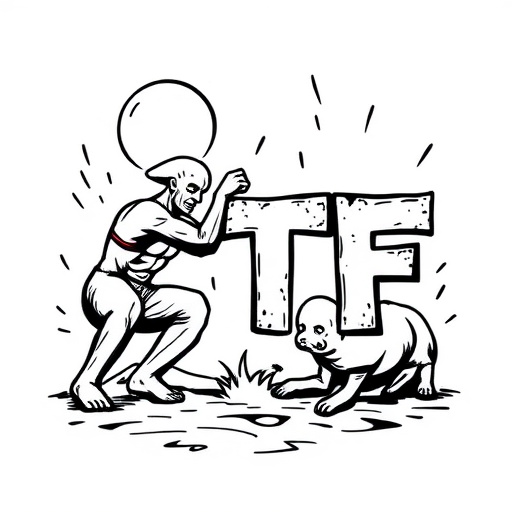
Direct-to-film (DTF) transfers offer a multitude of benefits for cotton garment design, revolutionizing the way designers and manufacturers approach printing on natural fibers. One of the key advantages is its ability to produce high-quality, vibrant prints with exceptional color accuracy and detail. DTF technology eliminates many of the challenges associated with traditional screening methods, allowing for intricate designs and complex color palettes that were previously difficult to achieve.
Additionally, DTF transfers are optimized for cotton fabric, ensuring a soft and comfortable feel for the wearer. The process directly applies ink to the fabric’s surface, creating a durable and long-lasting print that retains its vibrancy even after multiple washes. This makes DTF an ideal choice for apparel brands looking to create stylish, high-performance cotton garments with unique design elements.
Challenges and Solutions in Cotton Fabric Application
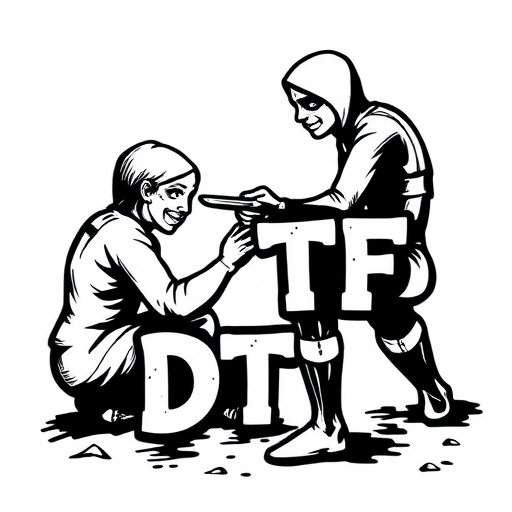
Direct-to-film (DTF) transfers face unique challenges when applied to cotton fabric due to its natural fibers and porous structure. One of the primary difficulties is achieving high-quality image resolution and vibrant color reproduction, as cotton’s texture can cause ink bleed or distortion. Additionally, ensuring long-lasting durability is essential, as cotton fabrics are prone to fading or cracking over time if not properly treated.
To overcome these challenges, advanced DTF technologies have been developed. These solutions include optimizing ink formulations for cotton, employing specialized coatings to enhance fabric strength and adhesion, and utilizing high-precision printing techniques to minimize ink spread. By combining these strategies, it’s possible to create captivating, long-lasting designs on cotton fabric using direct-to-film transfers, opening up new possibilities for fashion, home decor, and promotional products.
Industry Trends and Future Prospects of DTF for Cotton
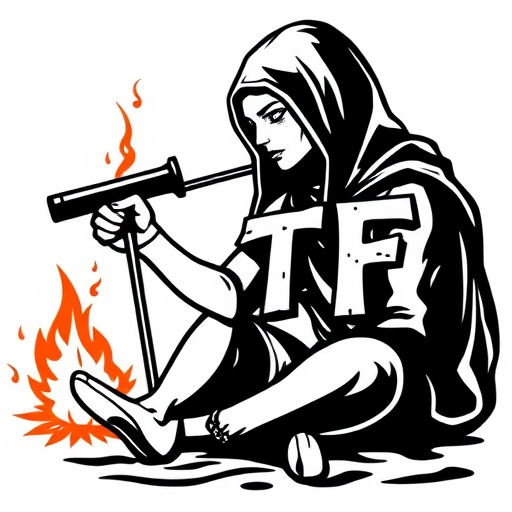
The Direct-to-film (DTF) printing process has been gaining significant traction in the textile industry, especially for cotton fabric applications. This technology offers a fast and cost-effective way to produce high-quality, customized designs on demand. As the market becomes more dynamic and consumers increasingly seek unique, personalized products, DTF is expected to play a pivotal role in shaping the future of cotton printing.
Industry trends suggest a growing preference for eco-friendly and sustainable production methods, which aligns perfectly with DTF’s minimal waste approach. Moreover, the demand for quick turnaround times and small batch productions is driving the adoption of this technology. With advancements in ink formulations and printing equipment, DTF for cotton is poised to offer even greater versatility, allowing for intricate designs, vibrant colors, and diverse fabric types. The future prospects look bright, indicating a potential disruption in traditional printing methods and a significant impact on the way we produce and consume cotton-based apparel and textiles.


